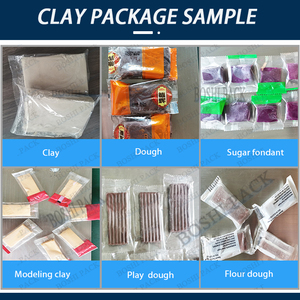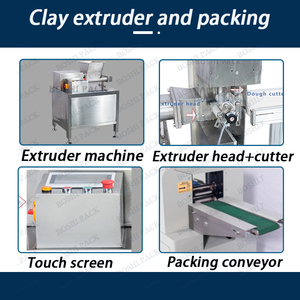
All categories
Featured selections
Trade Assurance
Buyer Central
Help Center
Get the app
Become a supplier

(38073 products available)




















































Suppliers offer these types of pleated machines to buyers in bulk.
This type of machine pleats the material and then welds or stitches parts to make a mask. It works fast, around 40500 masks a day. The machine adds multiple layers for stronger protection. Its automated process cuts labor needs. Many companies use it to meet high demands.
Automatic pleating machines use control systems to make pleats. They provide precise and steady pleating. It helps companies create fabrics with set patterns. The design lowers workers' skill needs while increasing output.
This machine pleats cloth and quickly builds filters for fans. It shapes the material into a pleated form and then joins the layers. Its strong output meets the need for clean-air devices. Filters made this way stop dust and other particles. The machine saves time by combining pleating and assembly.
Cartridge pleating machines build filter cartridges for liquids and air. They shape and bond the filter media fast. The design makes it easy to meet large orders. By fully automating, the tool cuts down manual work. Users quickly produce pleated filters with less cost and effort.
How lasting the pleated machine is depends on the materials used to make it. Machines have to keep working for long hours in factories. So, strong materials mean the machine lasts longer and needs less fixing.
Steel and aluminum make strong frames for machines. Plastics work for low-stress parts, but they last less. Stronger frames resist wear and keep working in tough settings.
Pulleys and gears should resist wear. Some machines use ceramics or special alloys for these parts. Good materials for moving parts keep machines working longer without wear.
The pleating area needs tough materials. Machines often use hard metals to protect against the fabric's rubbing. This area suffers the most wear. Materials like these reduce the need for repairs.
Some machines use metal parts because heat builds up over time. Metals handle stress from constant use better than plasticky materials. This reduces how often the machine needs repairs or replacements.
Buyers should think about these cases for using the pleated machine in business.
The machine helps make a lot of pleated masks, clothes, or other items. It works fast and uses less hand labor. Factories rely on it to meet large order demands. The machine keeps making items without long breaks. This boosts output and makes the factory more efficient.
Pleating machines help companies make more items each day. They automate the process, which speeds things up. Factories can then meet customer demands in large amounts. The machines work without stopping for long, boosting their output. They make it easier for companies to fill big orders quickly.
The machine helps cut costs linked to labor. It produces more items with fewer workers needed. Factories can then spend money on growth instead of wages. Fast pleating means companies can make items cheaper and offer better prices.
This machine enables cloth cutting by creating pleats to match designs. Firms in style rely on it to create designs quickly without mistakes. Quick changes mean that style firms can follow trends faster. The machine allows for more unique and varied designs.
Pleating machines are used to make filters for air and liquids. These machines increase the speed of filter production. By using machines, companies can create filters faster and with fewer mistakes. High output meets both the needs of big projects and businesses.
Buyers should use these tips to select the pleated machine for their business.
Machines cost less overall. Companies have to spend less on workers and materials. With the machine, many pleats get made quickly. This high output leads to big savings.
A pleated machine is valued in businesses making pleated masks, textiles, or filters. It works well for firms needing mass output of pleated items. In these settings, it boosts speed and cuts costs. Its high output meets the demands of large orders.
Some machines are easy to set up. Simple controls help new workers learn fast. Machines that are easy to fix save companies time. Quick repairs mean output stays on track.
The machine should handle the required output each day. Some machines work better for large outputs. Those high-capacity machines are a good fit for big orders. They make sure production stays on schedule.
Some machines work with different materials. Machines that handle various fabrics allow more flexibility. This flexibility helps companies adapt to new needs. It boosts options for materials used in production.
A1: These machines are used a lot in making clothes, filters, and parts. They are important for automating how fabric is folded. Factories like them because they speed up work and lower costs.
A2: The machine's job is to fold material quickly and neatly. It automates folding to save time and make production faster. Many users like how precise and fast it is with the folds.
A3: Automatic machines can usually work with various materials. Users often switch between fabric types for different jobs. This flexibility helps them adapt to various production tasks.
A4: Somemachines do not need much maintenance. Regular cleaning and checking parts is usually enough. Good care helps the machines last longer and work better.
A5: The machine's motor powers the movements to fold the fabric. Strong motors help the machines work fast and handle tough tasks. They are essential for the machine's speed and efficiency.